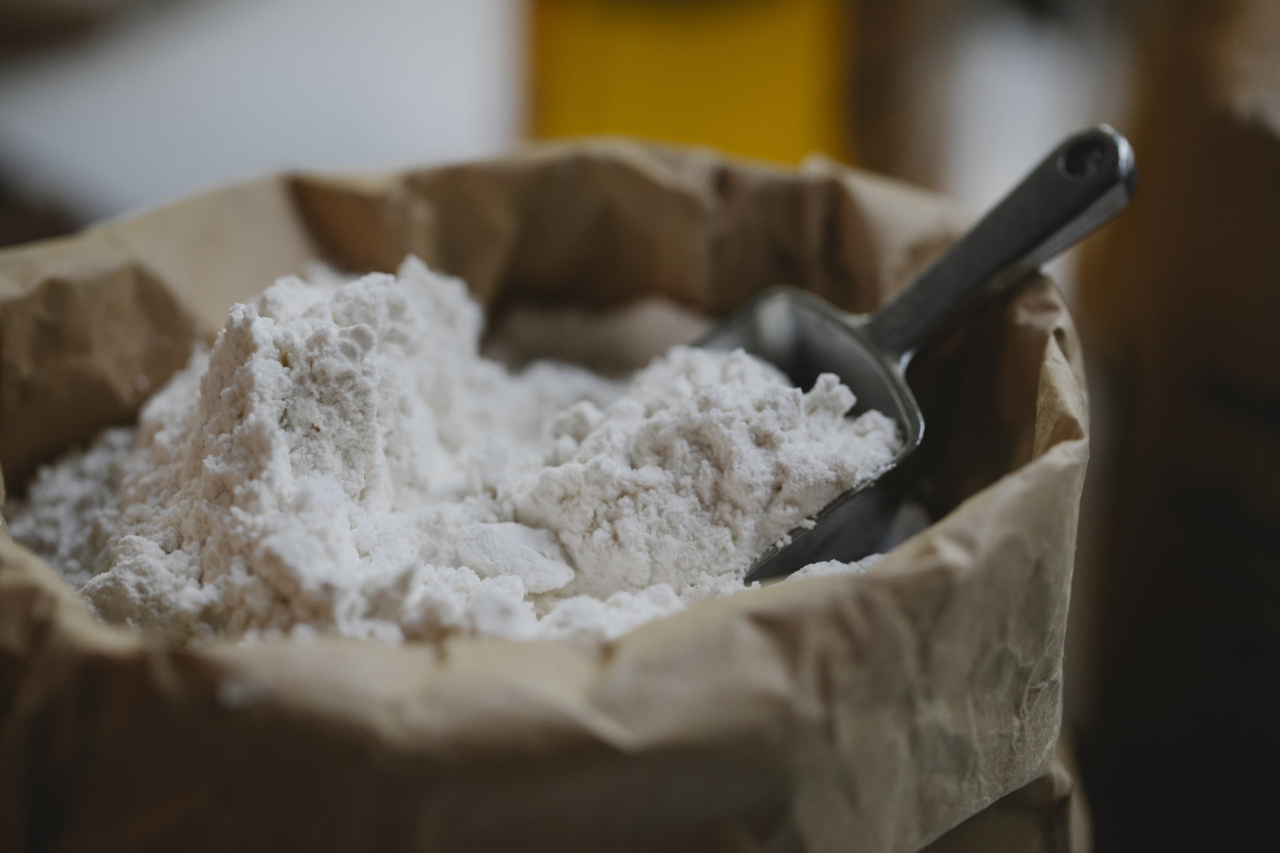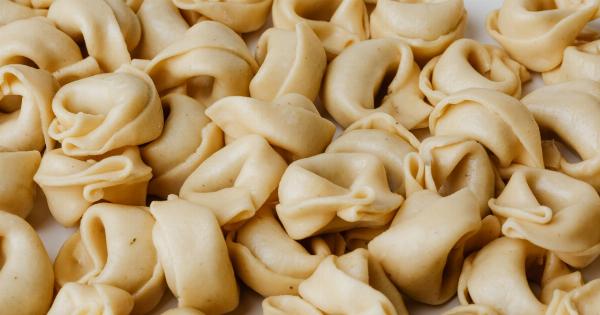Many people enjoy indulging in raw cookie or bread dough, savoring the taste and texture before the baking process. However, consuming uncooked dough can be potentially harmful and may pose health risks that shouldn’t be overlooked.
1. Raw eggs and Salmonella
Raw cookie or cake dough typically contains eggs, and consuming raw eggs comes with the risk of contracting Salmonella.
Salmonella is a type of bacteria that can cause food poisoning, resulting in symptoms such as diarrhea, abdominal cramps, fever, and vomiting. In severe cases, it can lead to hospitalization or even be life-threatening, particularly for vulnerable populations such as young children, pregnant women, older adults, and individuals with weakened immune systems.
2. Uncooked flour and E. coli
Uncooked flour has been associated with outbreaks of foodborne illnesses caused by Escherichia coli (E. coli) bacteria. While flour is typically not a sterile product, it is usually safe to consume once it has been cooked or baked.
When flour is ingested in its raw form, there is a risk of E. coli contamination, leading to symptoms like stomach cramps, diarrhea, and in some cases, more severe complications.
3. Leavening agents
Uncooked dough also often contains leavening agents such as baking powder or baking soda. Ingesting these ingredients without baking can result in gastric distress and discomfort.
The reaction between these leavening agents and the digestive juices in your stomach may lead to bloating, gas, and an upset stomach.
4. Unwanted additives
Raw dough might contain additives that are safe to consume once cooked but can pose risks in their uncooked form. For example, certain types of raw cookie dough often include additional ingredients such as raw nuts, chocolate chips, or candy pieces.
While these ingredients are generally safe, eating them raw may lead to choking hazards or unintended consequences due to incomplete digestive breakdown.
5. Yeast and fermentation
Some dough, particularly bread dough, contains yeast. Consuming uncooked dough with active yeast can lead to fermentation in the stomach, which can cause gas, bloating, and discomfort.
The yeast may also continue to multiply and ferment in the gut, potentially disrupting the balance of the intestinal flora and causing digestive issues.
6. Food safety practices
Consuming uncooked dough goes against basic food safety practices.
Food safety guidelines provided by health organizations, such as the Centers for Disease Control and Prevention (CDC), advise against consuming raw dough or batter due to the risk of foodborne illnesses. These guidelines are especially crucial for high-risk populations, like pregnant women and individuals with compromised immune systems.
7. Cross-contamination risks
When preparing uncooked dough, it’s essential to be aware of cross-contamination risks. Raw eggs and uncooked flour can spread bacteria like Salmonella or E. coli to other kitchen surfaces, utensils, or ingredients.
This cross-contamination can occur if proper hand hygiene and food safety practices are not followed meticulously. Eating uncooked dough increases the chance of ingesting these harmful bacteria due to improper handling.
8. Baking as a safety step
Baking dough at the appropriate temperature and duration helps eliminate harmful pathogens. The high temperatures achieved during baking destroy bacteria like Salmonella and E. coli, making the dough safe to consume.
The heat also denatures proteins and cooks the dough evenly, enhancing its flavor and texture.
9. Enjoying safer alternatives
If the allure of uncooked dough is simply irresistible, there are safer alternatives available.
Several brands offer ready-to-eat cookie dough that has been specially formulated to be consumed without the need for baking, ensuring that it is both delicious and safe. These products are made with pasteurized eggs and heat-treated flour, reducing the risk of foodborne illnesses.
10. Safe ways to satisfy cravings
In case you find yourself craving the taste of raw dough but want to avoid the risks associated with it, there are creative alternatives.
For example, making edible cookie dough using heat-treated flour and egg substitutes (like applesauce or mashed banana) can provide a safer way to enjoy the flavors and textures of uncooked dough without compromising on taste.



























